Product Visualization in Maya and After Effects
Release date:2019, September 23
Author:Aaron F. Ross
Skill level:Intermediate
Language:English
Exercise files:Yes
3D visualization is a crucial aspect of 21st-century product design, manufacturing, and marketing. Autodesk Maya is an ideal tool for bringing product designs to the screen and print media. The deep and powerful feature set of Maya provides almost limitless potential for effective and imaginative product visualization. This course illustrates a standard workflow for product viz, from importing a CAD model to rendering photorealistic imagery. Learn how to leverage the advanced tools of Maya and the Arnold renderer to bring product designs to life in the production phases of scene layout, materials, lighting, and rendering. See how to employ Adobe After Effects to composite and adjust render passes, giving you the ability to art-direct lighting without needing to re-render in 3D.
Topics include:
Importing a CAD model
Laying out the scene
Framing a camera shot
Physically based materials
UV projection and file textures
Layering materials
Image-based lighting with an environment map
Flood lighting with Area lights
Studio lighting with Spot and Point lights
Light decay and exclusion
AOV component render passes
Optimizing Arnold render settings
Layering render components in After Effects
Rendering a technical illustration



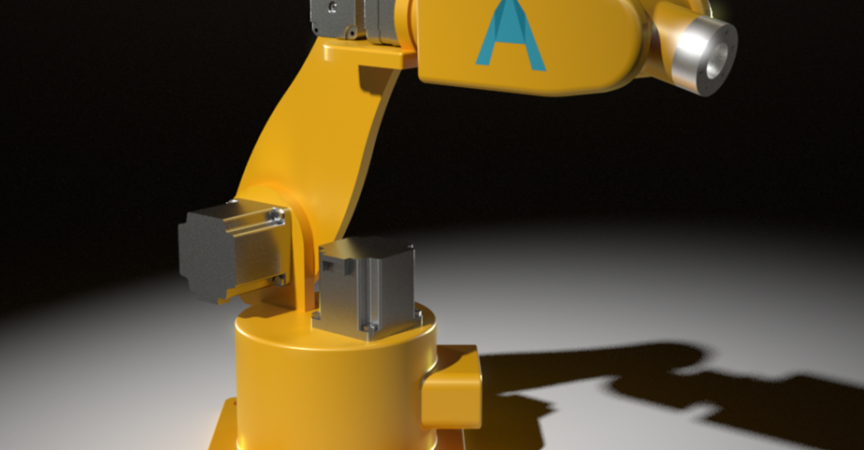

 Channel
Channel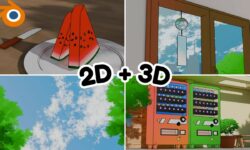
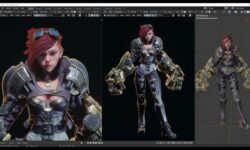
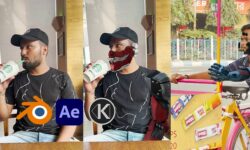
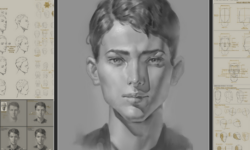
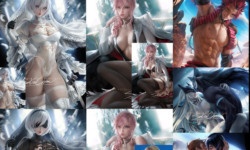
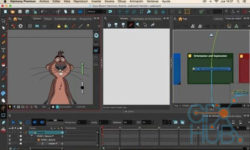

Are you considersing upload this one ? https://www.yiihuu.cc/c/8294